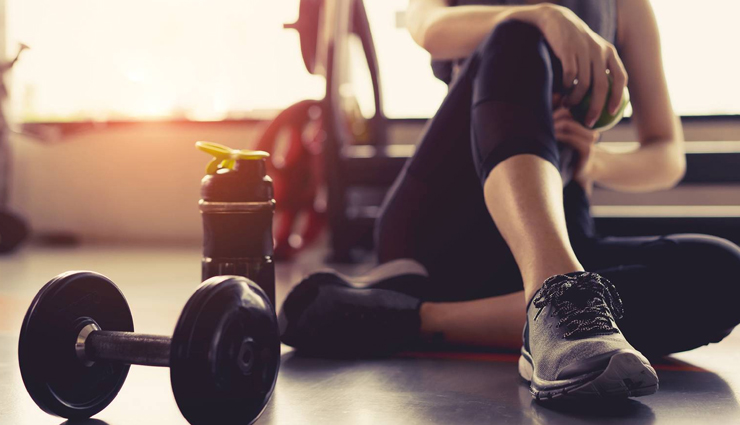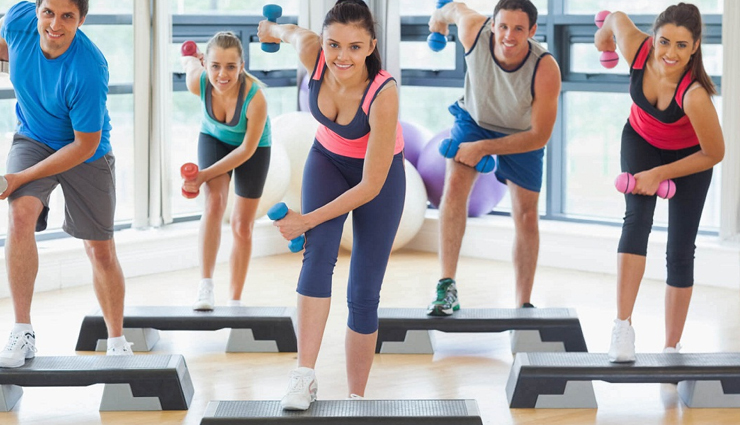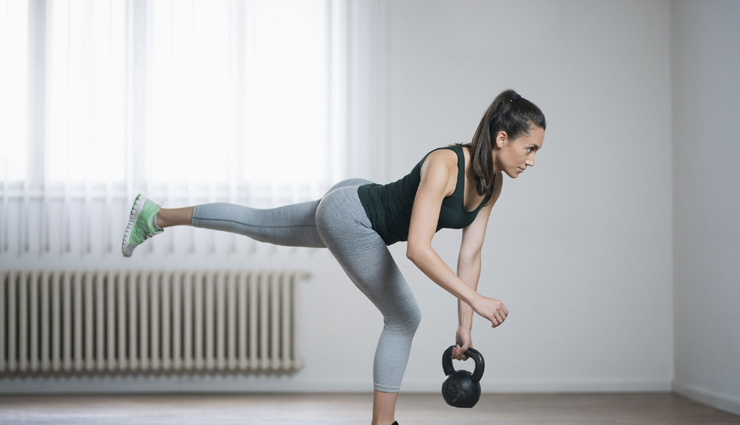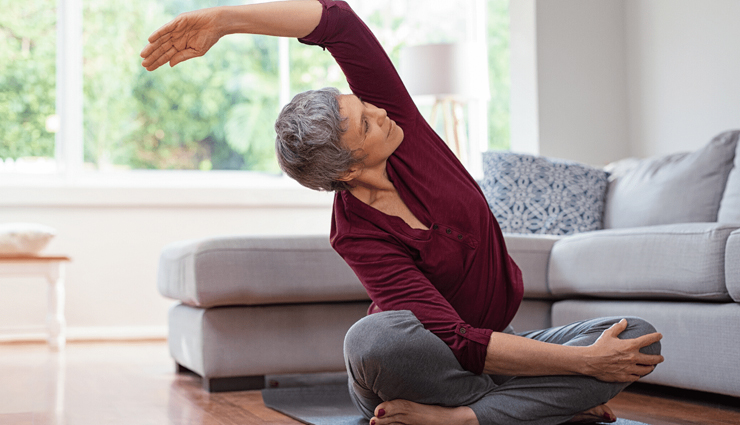- Home›
- Healthy Living›
- Tips To Help You Plan Your Own Workout Routine
Tips To Help You Plan Your Own Workout Routine
By: Priyanka Maheshwari Tue, 13 Oct 2020 3:51:25

Let’s be honest: trainers are expensive. The good guys are worth their weight in gold, creating amazing changes in a short amount of time, but a dedicated coach is still beyond most people’s budget.
That doesn’t mean you shouldn’t benefit from a smart, well-designed program. In this article, I will teach you how to create your own. You’ll learn how to think like a coach and create an effective workout routine – one that gives you the results you want (without the need to spend thousands of dollars at the gym).
There is no one type of exercise that can meet all your needs. In fact, to get the maximum benefits from your routine, you want a combination of activities over the course of a week. Otherwise, it’s like a diet consisting of only fruits, healthy as much as possible, but without many of the nutrients you will find in other foods, such as fish, vegetables, nuts, and whole grains.

* Aerobic exercise (cardio)
Often called cardiovascular or endurance activities, aerobic activities are great for burning calories and reducing unwanted fat. They consist of activities that make the heart and lungs work harder:
think of walking, biking, running, and swimming, for example.
Aerobic exercise temporarily increases your heart rate and respiration, allowing more oxygen to reach your muscles and fine-tuning cardiovascular endurance. These are the activities that are associated with a lower risk of many diseases and a longer lifespan.
Walking is generally safe for people of any age or fitness level and can be easily adjusted to a comfortable speed. It doesn’t jolt your joints or raise your heart rate to dangerous levels. For a greater challenge, you can add time, distance, or hills to improve resistance, or use resistance bands to tone up as you walk.

* Strength training
Strength or resistance training, which typically uses equipment such as weight machines, free weights, or resistance bands or tubes, protects against bone loss and builds muscle. It also improves your body’s ratio of lean muscle mass to fat. It also deserves an important place in your exercise routine.
Technically, strength or resistance training is carried out whenever your muscles face a stronger than usual counter force, such as pushing against a wall or lifting a dumbbell. Using increasingly heavy weights or increasing resistance strengthens the muscles. In addition to toning you up, strength training gives you the functional strength you need to perform daily activities (lifting food, climbing stairs, getting out of a chair, running to the bus) with ease.
- Focus on the form, not the weight. Align your body correctly and move smoothly through each exercise. Bad form can lead to injury. Many experts suggest starting with no weight, or very light weight, when learning a strength training routine. Focus on slow, gentle lifts and equally controlled descents while isolating one muscle group. Isolate the muscles by keeping your body in a specific position while consciously contracting and releasing the target muscles.
- Tempo, tempo. Tempo helps you maintain control rather than undermining strength gains through momentum. For example, count to four while lifting a dumbbell, hold to two, then count to four while lowering it to the starting position.
- Breathe. Blood pressure rises during a workout, but increases even more if you hold your breath while doing strength exercises. To avoid steep increases, exhale as you lift, push, or pull; inhale while releasing. To make sure you don’t hold your breath, count your tempo out loud. He cannot hold his breath when he speaks.
- Keep your muscles challenging. The correct weight varies depending on the exercise. Choose a weight that will tire the target muscle (s) in the last two reps (reps) while still allowing you to maintain good form. If you can’t do the minimum number of reps, choose a lighter weight. When it feels too easy, like you can continue doing reps, challenge your muscles again by adding weight (about 1 to 2 pounds for the arms, 2 to 5 pounds for the legs) or using a stronger resistance band. Alternatively, you can add another set of reps to your workout (up to three sets) or work out additional days a week. If you add weight, remember that you should be able to do the minimum number of reps in good form, and the target muscles should feel tired in the last two reps.

* Balance exercises
Our sense of balance generally worsens as we age. It can be further compromised by medical conditions such as neuropathy (a complication of diabetes or certain chemotherapy drugs) that can cause tingling, pain, and numbness in the feet; side effects of other medications; uncorrected vision problems; or lack of flexibility. Poor balance often leads to falls, which can cause head injuries and injuries that temporarily or permanently disable bones and the nervous system. Hip fractures, in particular, can lead to serious health complications and can affect independence.
Older adults at risk for falls can benefit from a combination of walking, strength training, and balance exercises. Activities to improve balance include tai chi, yoga, and Pilates. Strength training exercises that work the core muscles of the abdomen and back also help with balance.
For older adults at risk of falls, the guidelines recommend 30 minutes of balance training and muscle-strengthening exercises three times a week, plus at least 30 minutes of walking activities two or more times a week.

* Flexibility exercises
Flexibility exercises such as stretching and yoga gently reverse the shortening and tension of muscles that often occur with disuse and age. Shorter, stiffer muscle fibers can make you vulnerable to injury and contribute to back pain and balance problems.
Regular exercises that isolate and stretch the elastic fibers that surround the muscles and tendons help to counteract this. A well-stretched muscle more easily achieves its full range of motion. This improves athletic performance (imagine an easier and less restricted golf swing or tennis serve) and functional skills, such as stretching, bending, or bending during daily tasks. Stretching can also be a great way to get moving in the morning or to relax after a long day. Activities like yoga combine stretching and relaxation and also improve balance, a wonderful combination.





